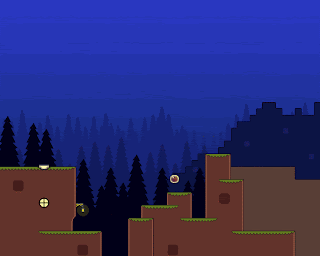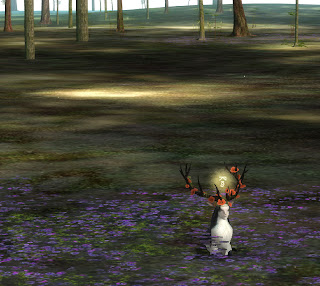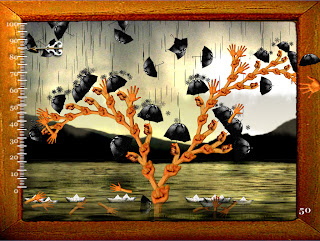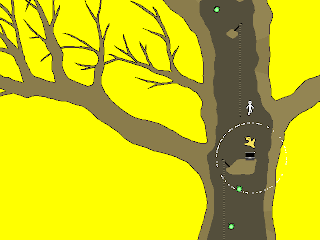Some people are better at playing games than others. And they have more fun.
Sure, some are better at achieving high scores or figuring out puzzles in record times. But that’s not what I mean here. Other players are better at playing itself, playing along you might say. They use the game as a theater stage and they play their part. The response of the game is then interpreted as part of the story.
The reward is not an increase of a certain number or the acquisition of an item but the feeling of being part of the narrrative. This is a form of play that computer designers often seem to ignore. Computer games tend to be very goal oriented, even when it comes to narrative. Designers try and find all sorts of ways to make the players do exactly what they “should” be doing to bring the (still often linear) experience to a proper resolution.
But how about giving the player some freedom and some responsibility? How about creating a universe where the player is responsible for his own pleasure? No punishment and no reward. Simply play.
The game designer provides the tools and the setting. And the player manipulates those to play a story. A player who does well, will have a better experience than one who doesn’t do an effort to “get into” the story, to play along.
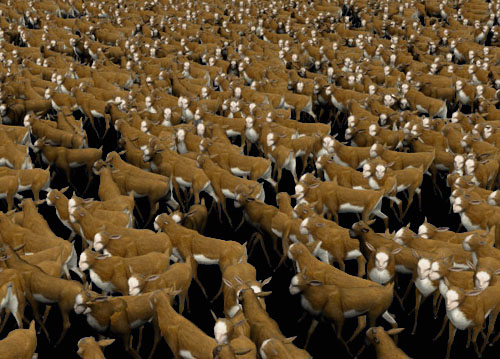
 Alex Mayhew is an artist. It is not often one gets to say this about somebody who works in interactive media. But he is one of those very few whom we can call an artist without ifs or buts. As such, the conceptual limitations of game design don’t mean much to him. He designs straight for the core of the matter: interactivity and you, the user. This doesn’t stop him from going on about fishing on the Wii or playing Loco Roco, though.
Alex Mayhew is an artist. It is not often one gets to say this about somebody who works in interactive media. But he is one of those very few whom we can call an artist without ifs or buts. As such, the conceptual limitations of game design don’t mean much to him. He designs straight for the core of the matter: interactivity and you, the user. This doesn’t stop him from going on about fishing on the Wii or playing Loco Roco, though.